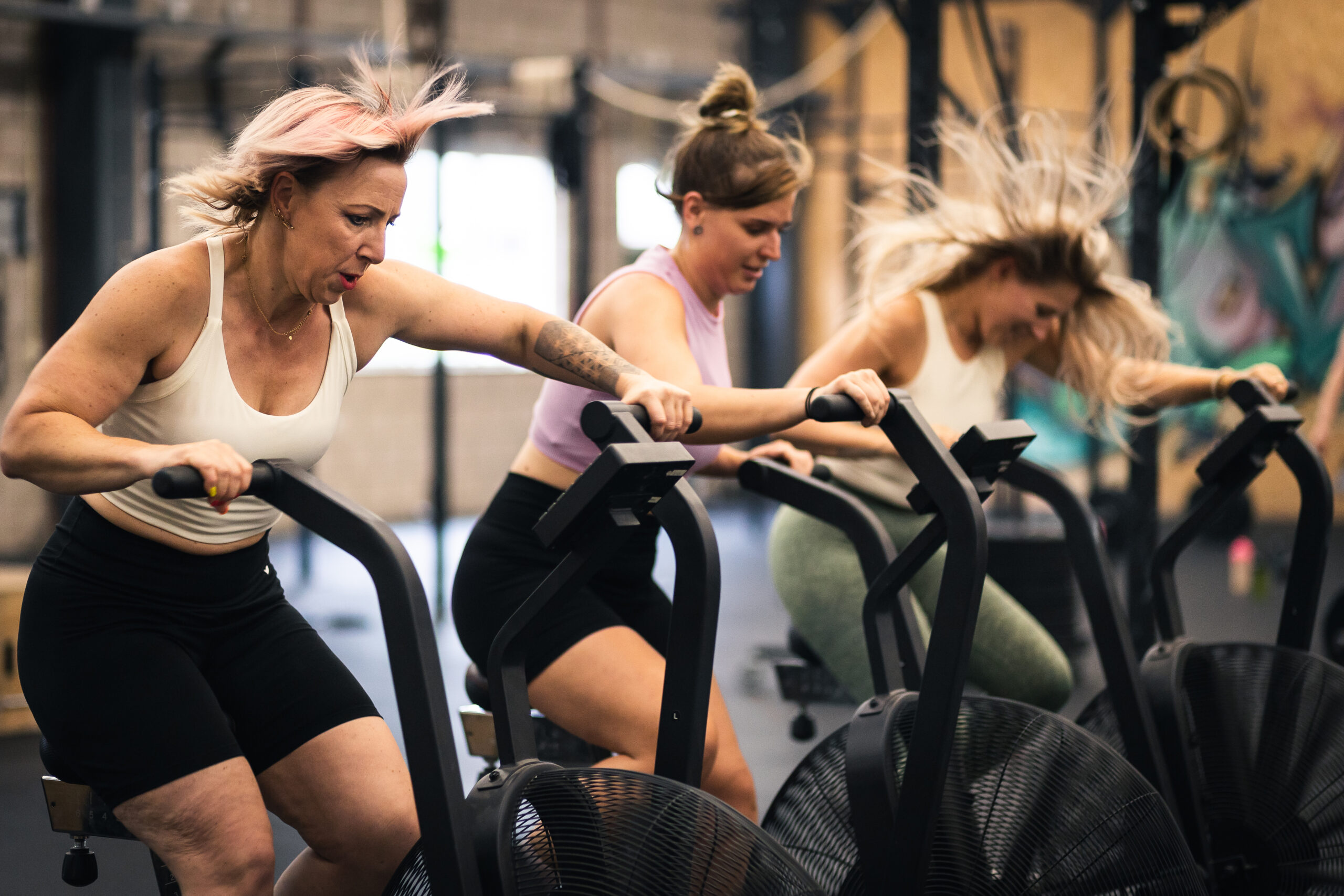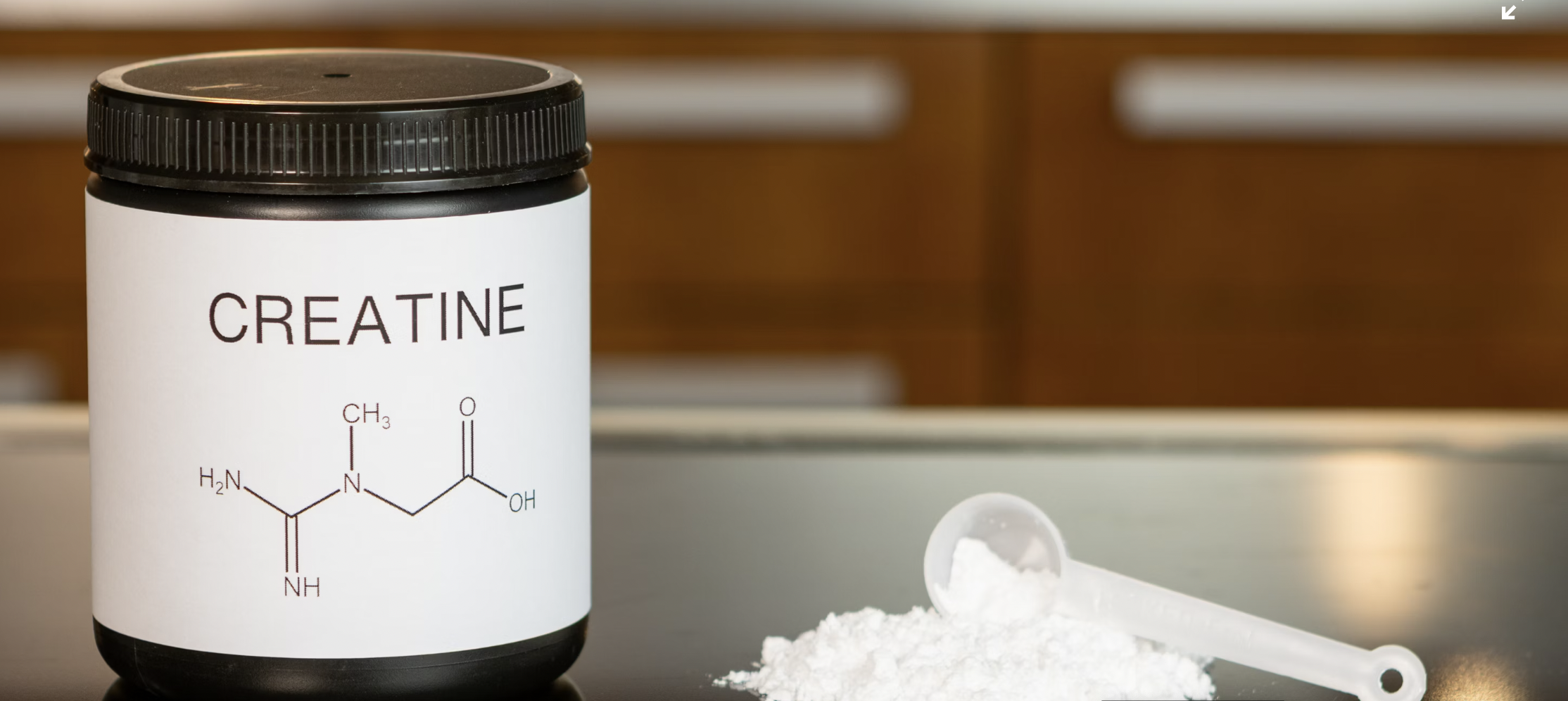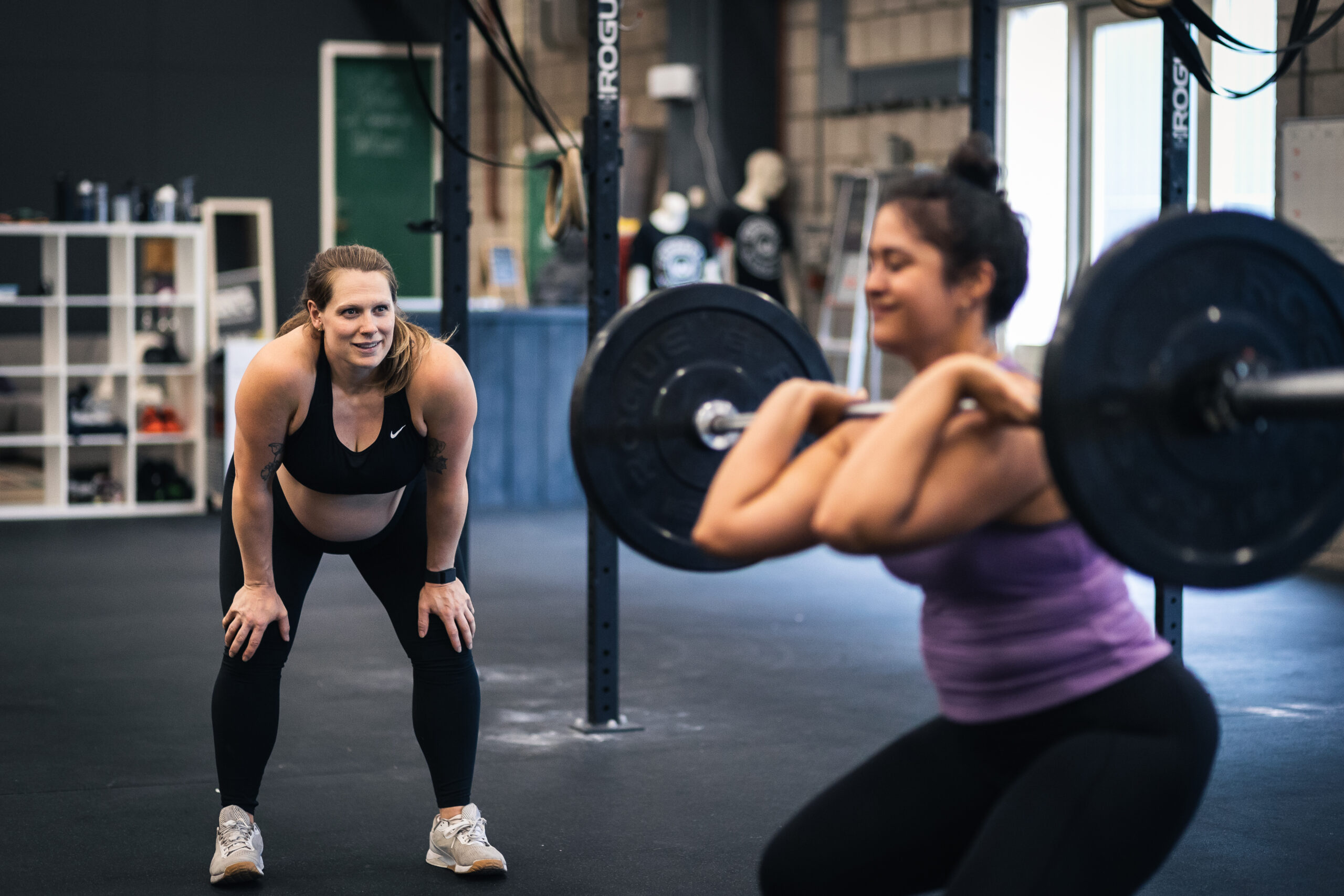
WHY YOU *NEED* TO STRENGTH TRAIN… NO MATTER YOUR GOALS
Here’s why all women need to strength train… no matter their goals. Here’s to staying strong through babies, menopause and beyond.
Here’s what we’re learning about prenatal and postpartum strength training in 2025
Becoming a mama changes everything. Like, everrrryyything. Your body feels different, sleep is… not what it once was. And EVERYONE has an opinion on what you should or shouldn’t lift do. Particularly when it comes to prenatal and postpartum strength training.
Here’s the thing though — a lot of that advice is based on old myths that really hold our potential for strong, happy motherhoods WAY back. The new 2025 Canadian Guideline for Physical Activity, Sedentary Behaviour and Sleep finally clears things up. And it confirms what many of us already feel deep down:

Let’s put a few of the myths that hold us back to bed:
🟠 Where it came from: Old-school medical advice that confused “rest” with “you’re fragile.”
👉 What we know now: Strength training (with guidance around pressure management and adjusted technique) is one of the BEST things you can do for yourself and the baby. It helps your core and pelvic floor stay strong and recover quicker, keeps back pain away, and gives you the energy you need to carry all that mamas do.
Motherhood is an athletic event. You deserve training that prepares you for it.
🟠 Where it came from: Some misinterpreted research (yeah, one lonely misunderstood study) back in the 80s that freaked people out about lactic acid in breastmilk.
👉 What we know now: Exercise doesn’t mess with your milk or your baby’s growth. What it does do is slash your risk of postpartum depression and help you sleep better which means your body is strong enough to do what it does even BETTER.
🟠 Where it came from: The “six-week check” was designed for a structural medical clearance; it is not a magic timeframe, and certainly not a command to do nothing until then.
👉 What we know now: You can (and should) start gentle movement sooner if your body feels ready — this means starting to walk, and getting started with intentional breathing (breathing = core work at this stage) and pelvic floor rehabilitation.
Meeting your body where it is at to support its healing will benefit you for decades to come.
The flipside of “don’t do anything until 6 weeks postpartum”? “You’re ready to roll at 6 weeks + 1 day.” 🙃🙃🙃
🟠 Where it came from: The “six-week clearance” was designed as a structural medical check — to ensure sufficient healing from birth complications or surgery, not to confirm your body is recovered.
👉 What we know now: Recovery doesn’t magically end at six weeks. In fact, it takes YEARS for that. At 6 weeks, our body is still healing physical wounds, rebalancing hormones, and rebuilding tissue strength and stability. And while you don’t need to wait until 6 weeks to do ANYTHING, the 6-week mark doesn’t mean you’re ready for EVERYTHING, either.
Jumping back in too quickly will set you waaaay back.
(or worse, “leaking is just a normal part of the deal.”)
🟠 Where it came from: For years, no one talked about pelvic health. And because it’s not talked about, pelvic floor symptoms like leaking have been brushed off as “normal” after birth.
👉 What we know now: Your pelvic floor needs training, just like any other muscle. With the right exercises (and ideally a coach or physio), you can recover from the causes of these symptoms properly.
Leaking while you run or jump or sneeze is common, sure, but it’s not normal. And you don’t have to live with it.
Everything we want in postpartum — more energy, better sleep, more capacity, less pain, more confidence, feeling like you again — is waiting on the other side of it.
Strength isn’t about getting your old body back. It’s about building the body you need for the life you have now. But doing it well is a careful process, and you don’t need to go at it alone. A well-educated and certified coach can check your core and pelvic floor, give you a pregnancy and postpartum-specific plan, and keep you moving safely — even on the days you’re running on zero sleep.
A happy motherhood journey need community. Coach, included. Because motherhood is hard, but training for it together makes it easier.

Here’s why all women need to strength train… no matter their goals. Here’s to staying strong through babies, menopause and beyond.

Here’s all you need to know to train smart in pregnancy, heal your diastasis recti and build a strong postpartum core.

Here’s what you need to know about taking creatine, from how much to take to all it can do for you as an active woman.

From less pain to better sleep and mood, here’s why prenatal and postpartum strength training makes motherhood easier.